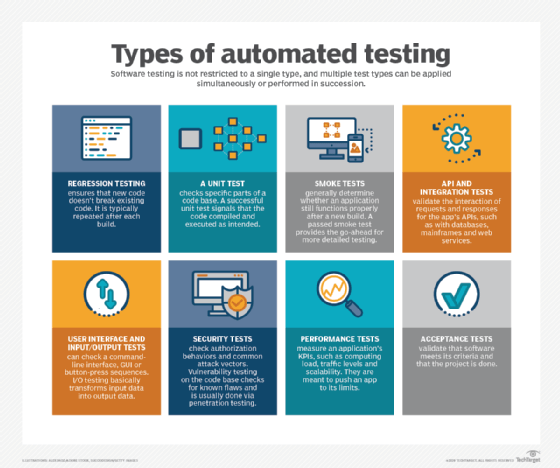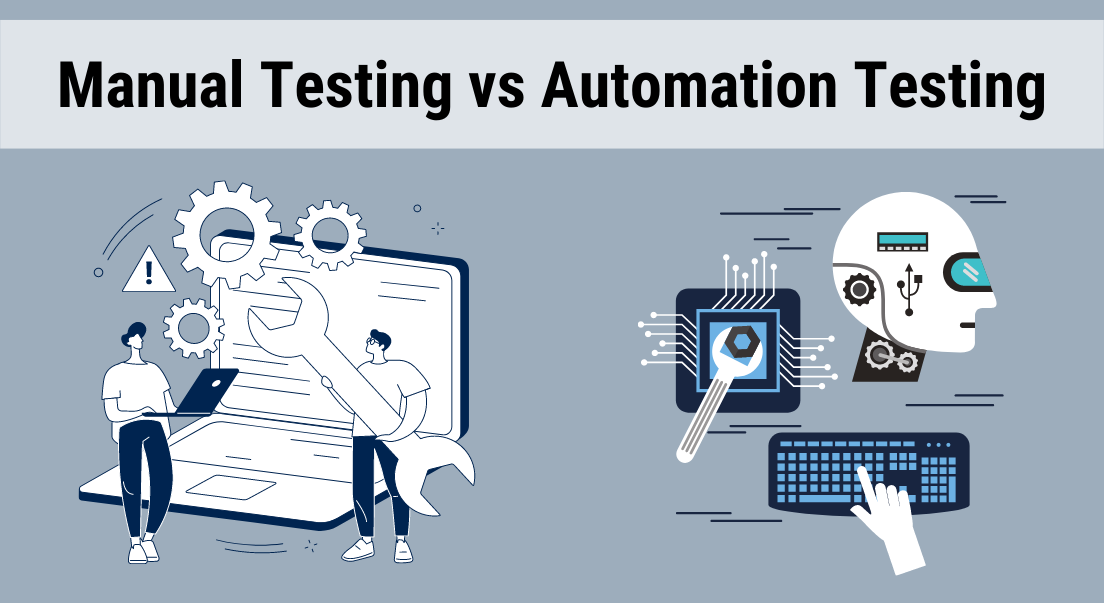Automation Testing Strategies: Best Practices for Seamless Assimilation
Automation Testing Strategies: Best Practices for Seamless Assimilation
Blog Article
From Guidebook to Automated Testing: A Comprehensive Overview to Transitioning Smoothly and Properly
In the world of software testing, the change from guidebook to automated processes has actually come to be an increasingly important shift for organizations looking for to improve effectiveness and accuracy in their testing methods. The trip from guidebook to automated testing is not without its obstacles, but when approached purposefully and with a clear plan in mind, the advantages can be considerable.
Advantages of Automated Testing
Automated testing offers countless advantages, boosting performance and accuracy in software application advancement processes. One main advantage is the substantial decrease in testing time. Automated tests can be run concurrently on several tools and operating systems, considerably quickening the testing stage compared to hands-on screening. This enhanced efficiency enables faster feedback on the top quality of the software program, enabling programmers to identify and resolve concerns promptly.
In addition, automated testing guarantees a higher level of accuracy in identifying problems. Consistency in testing is also enhanced, as automated examinations perform the exact same steps specifically each time they are run.
Choosing the Right Devices

Firstly, evaluate your objectives and requirements. Comprehend the scope of your task, the innovations included, and the skill collection of your group. This analysis will certainly help you determine the abilities and attributes you require in your testing devices.
Second of all, think about the compatibility of the devices with your existing procedures and systems. Smooth integration with your current software program growth lifecycle is necessary to make certain a smooth shift to automation.
Additionally, review the scalability and versatility of the tools. As your testing needs advance, the tools must have the ability to adapt and fit changes properly.
Last but not least, element in the support and area around the tools. When executing automated screening, durable support and an active customer community can provide valuable sources and aid. By very carefully thinking about these aspects, you can pick the right devices that line up with your demands and set the stage for an effective change to automated testing.
Creating Reliable Test Manuscripts

When crafting test scripts, it is important to take into consideration the specific needs of the software program being evaluated and guarantee that the scripts deal with all crucial functionalities. Clear and descriptive naming conventions for test manuscripts and test situations can improve readability and maintainability. Additionally, incorporating error handling systems within the test manuscripts can aid in identifying and resolving problems without delay.
In addition, arranging examination scripts into modular elements can improve reusability and scalability, reducing redundancy and enhancing try this effectiveness in examination script upkeep. Routine reviews and updates to check manuscripts are important to keep pace with progressing software application needs and functionalities. By complying with these concepts, testers can develop durable and reliable test manuscripts that contribute considerably to the success of automated testing procedures.
Integrating Automation Into Workflows
By effortlessly integrating automated screening devices like Selenium or Appium into the software advancement lifecycle, groups can attain faster responses on code adjustments, leading to quicker bug detection and resolution. This integration enables for continuous testing throughout the development procedure, making sure that any problems are identified early on, resulting in higher software application quality. Appropriate integration of automation tools needs collaboration between growth, screening, and operations groups to establish a unified operations that maximizes efficiency and performance in supplying top notch software application items.
Making Certain a Smooth Transition
Efficiently transitioning to automated testing includes precise planning and cautious execution to maximize and reduce disturbances efficiency in the software application development process - automation testing. To guarantee a smooth change, it is vital to start by carrying out an extensive evaluation of the existing testing procedures and determining areas where automation can bring the most considerable benefits. Involving with all stakeholders at an early stage while doing so, consisting of programmers, testers, and project managers, is crucial for garnering support and buy-in for the automation effort
Communication is key throughout this change phase. Clear interaction of the goals, benefits, and assumptions of automated testing helps to handle any resistance or concerns that may emerge. In addition, Related Site providing ample training and resources for employee to upskill in automation devices and strategies is essential for making sure an effective change.

Verdict
To conclude, transitioning from manual to automated testing supplies various benefits, including raised efficiency and dependability. By picking the suitable tools, writing effective test scripts, and incorporating automation flawlessly right into operations, organizations can make sure a smooth and effective shift. It is necessary to welcome automation as a beneficial property in software testing processes to boost total high quality and productivity.
In the world of software testing, the change from manual to automated procedures has actually ended up being an increasingly vital transition for companies looking for to boost performance and accuracy in their testing practices. Automated examinations can be run at the same time on several gadgets and running systems, substantially speeding up the screening phase contrasted to hand-operated testing. Consistency in testing is likewise improved, as automated examinations carry out the exact same actions precisely each time they are run.To make sure the effective execution of selected testing devices, the production of reliable test scripts plays an essential role in verifying the functionality and performance of automated processes - automation testing. By adhering to these concepts, testers can produce efficient and durable examination scripts that add dramatically to the success of automated screening processes
Report this page